Regulatory Compliance and Standards
The automotive hypervisor market is significantly influenced by the evolving regulatory landscape in the US. As government agencies implement stricter safety and emissions standards, manufacturers are compelled to adopt advanced technologies that comply with these regulations. Hypervisors facilitate the integration of various systems, allowing for better compliance with safety standards such as ISO 26262. This standard is crucial for ensuring functional safety in automotive systems. The increasing complexity of vehicle software and the need for compliance with regulations are likely to drive the adoption of hypervisors, as they enable manufacturers to streamline development processes while adhering to legal requirements. This trend suggests a growing role for hypervisors in the automotive industry.
Enhanced Safety and Security Features
Safety and security are paramount in the automotive sector, and the automotive hypervisor market is poised to benefit from this focus. With the rise of cyber threats targeting connected vehicles, manufacturers are increasingly adopting hypervisor technology to create isolated environments for critical systems. This approach not only enhances the security of sensitive data but also ensures that safety features, such as emergency braking and collision avoidance systems, operate without interference. The market for automotive cybersecurity solutions is expected to grow at a CAGR of over 20% through 2025, further underscoring the importance of hypervisors in safeguarding vehicle systems. As safety regulations become more stringent, the automotive hypervisor market will likely see increased adoption to meet these requirements.
Growing Demand for Vehicle Connectivity
The automotive hypervisor market is experiencing a surge in demand driven by the increasing need for vehicle connectivity. As consumers expect seamless integration of mobile devices and in-car systems, automakers are investing heavily in technologies that enable this connectivity. The market for connected vehicles in the US is projected to reach approximately $200 billion by 2025, indicating a robust growth trajectory. This demand for connectivity necessitates the use of hypervisors to manage multiple operating systems and applications efficiently, ensuring that critical vehicle functions remain secure and operational. Consequently, the automotive hypervisor market is likely to expand as manufacturers seek to enhance user experience while maintaining system integrity.
Shift Towards Autonomous Driving Technologies
The automotive hypervisor market is likely to experience growth due to the shift towards autonomous driving technologies. As automakers invest in self-driving capabilities, the need for robust software architectures becomes critical. Hypervisors allow for the simultaneous operation of multiple applications, such as navigation, sensor data processing, and vehicle control systems, in a secure manner. The market for autonomous vehicles in the US is projected to reach $60 billion by 2030, indicating a substantial opportunity for hypervisor technology. This shift towards automation necessitates advanced computing solutions that can manage the complexities of autonomous systems, thereby positioning the automotive hypervisor market as a key player in the future of transportation.
Increased Investment in Research and Development
Investment in research and development (R&D) within the automotive sector is a driving force for the automotive hypervisor market. As manufacturers strive to innovate and enhance vehicle performance, R&D efforts are increasingly focused on developing advanced software solutions. The US automotive industry is expected to allocate over $20 billion annually towards R&D by 2025, reflecting a commitment to technological advancement. Hypervisors play a crucial role in this innovation by enabling the integration of new features and functionalities without compromising system stability. This trend indicates that as R&D investments grow, the automotive hypervisor market will likely expand, driven by the demand for cutting-edge technologies that enhance vehicle capabilities.


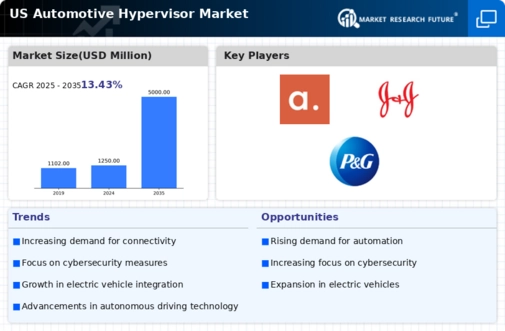
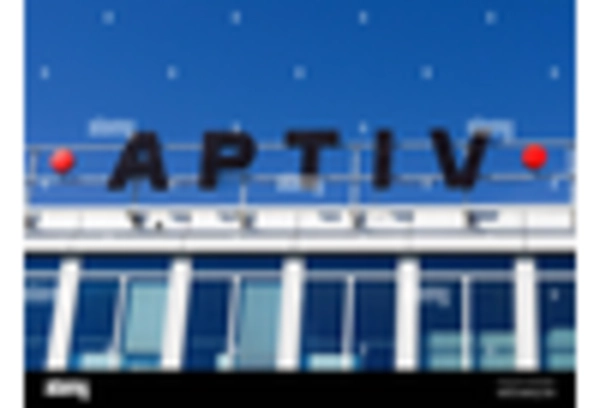
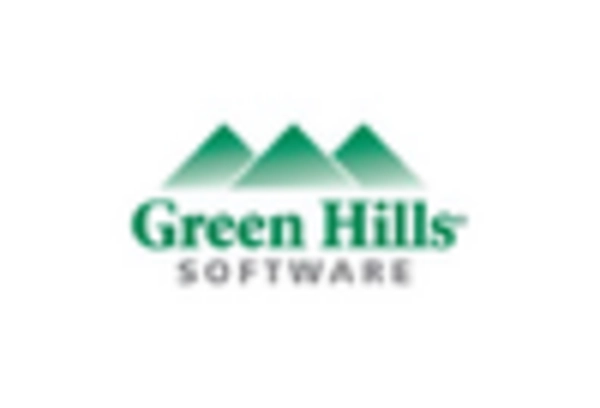
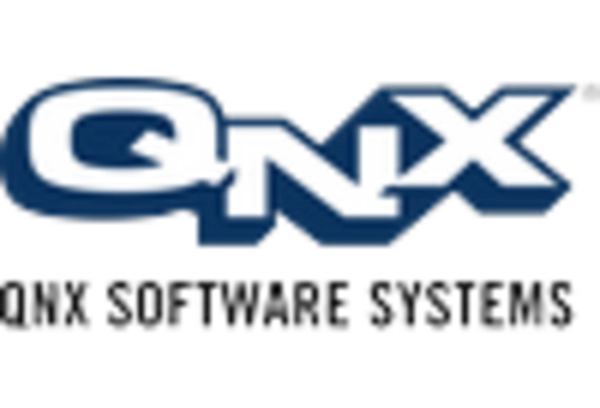
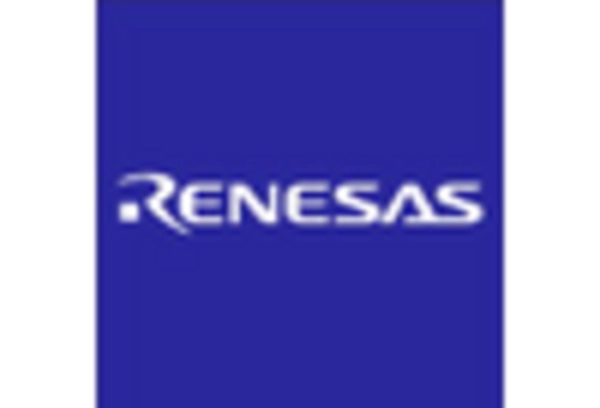









Leave a Comment